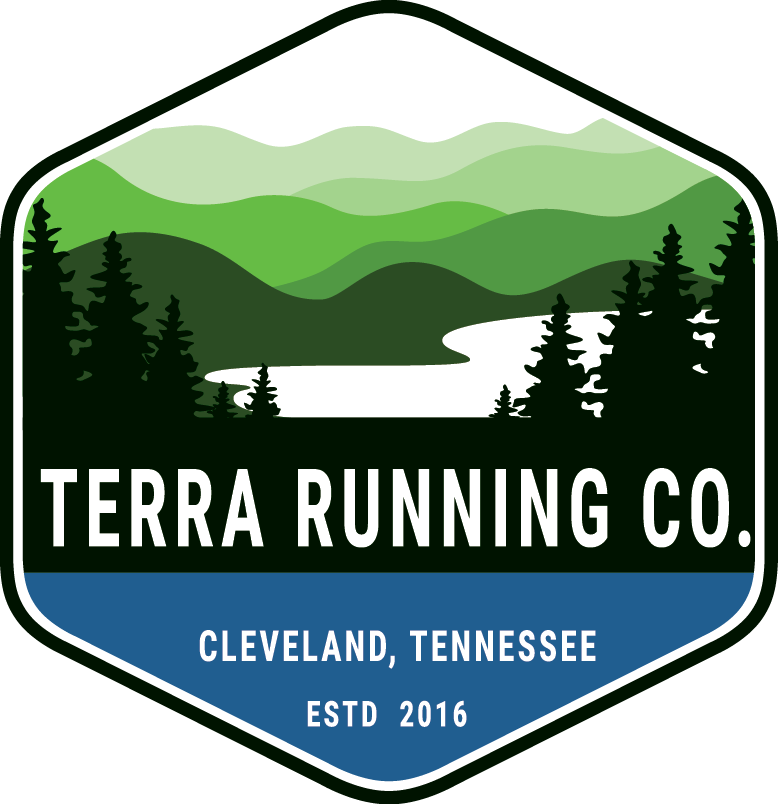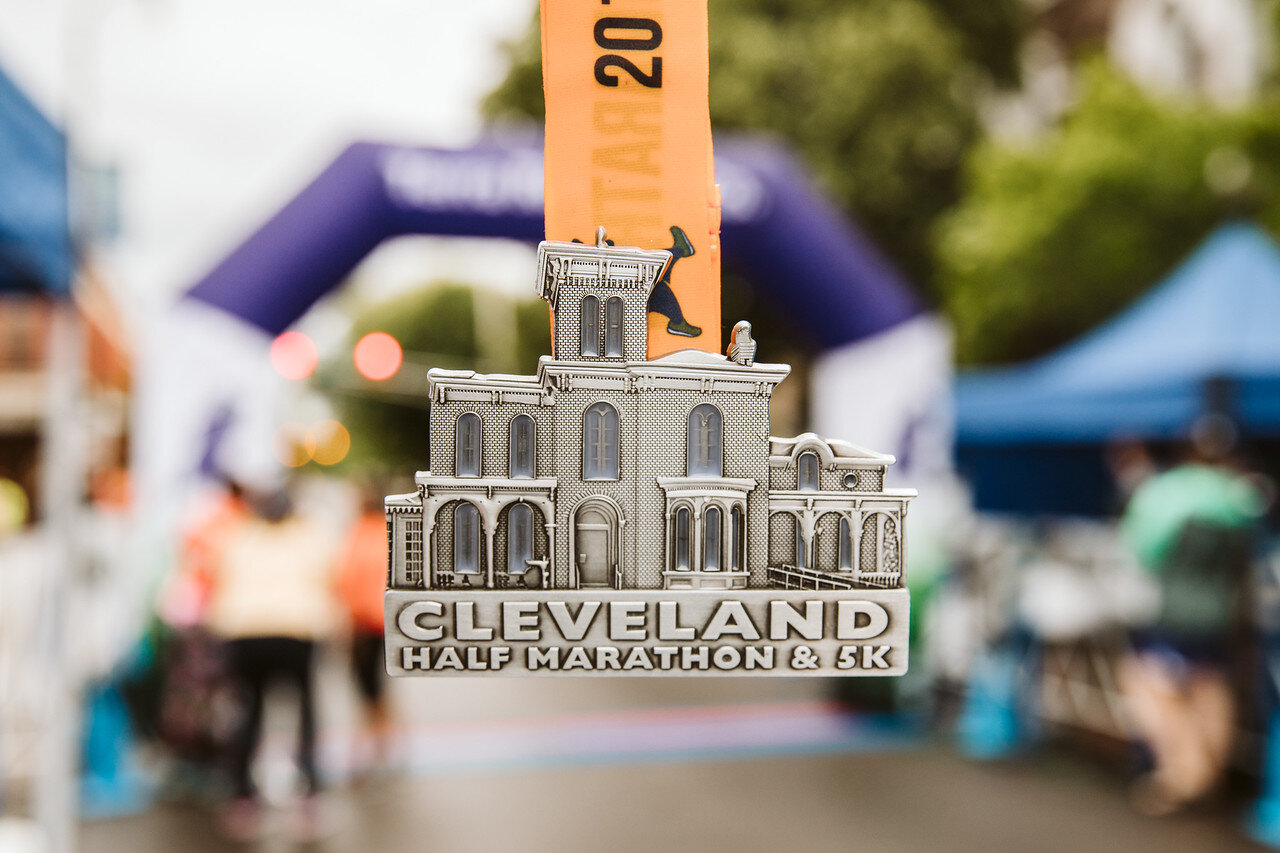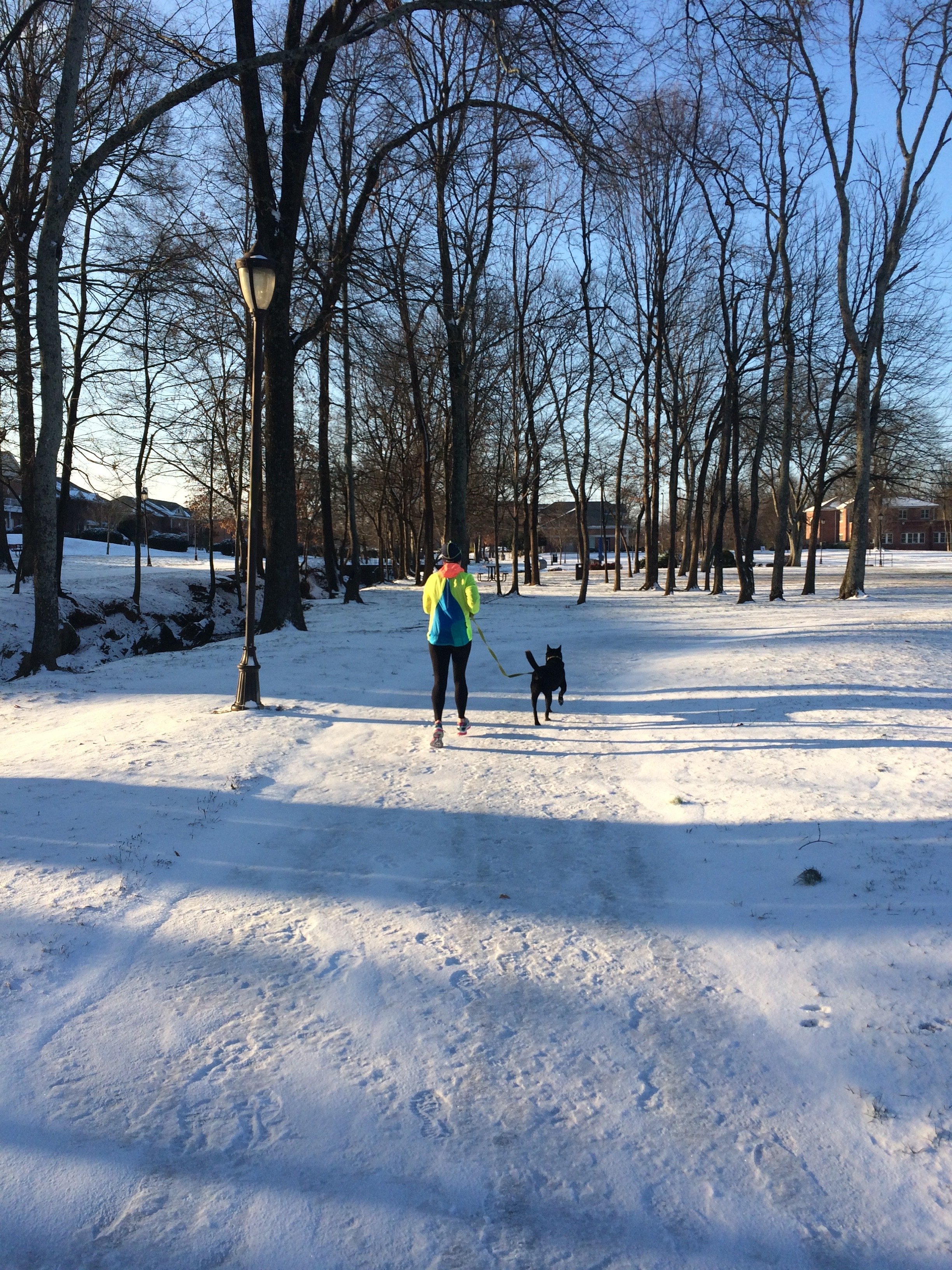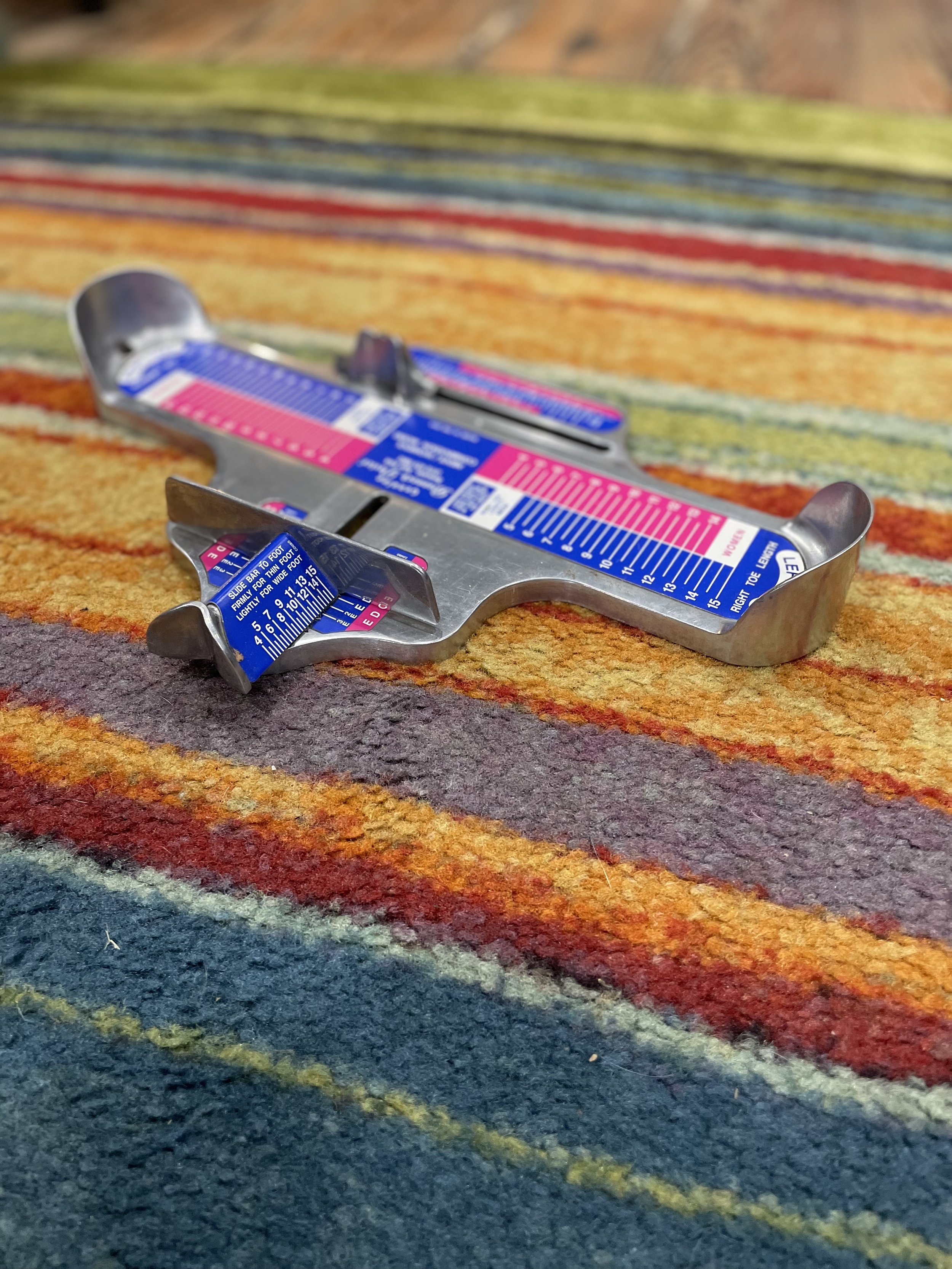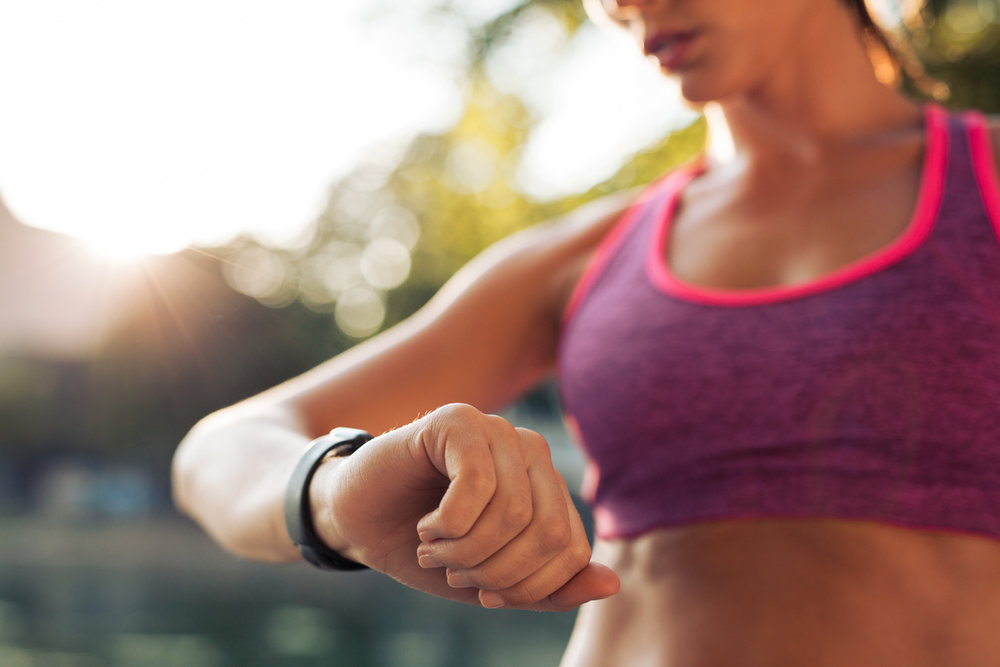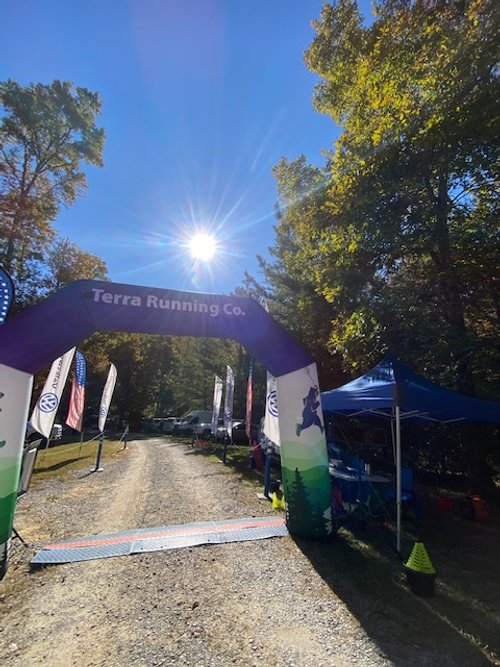Each brand offers something a little different: try Balega for an ultra-plush sock, Feetures for targeted arch compression, Injinji for enhanced blister protection (in the form of a toe sock!), and Swiftwick for all-over compression and moisture wicking.
Recently in the store, there have been many questions regarding socks. These questions have consisted of “What is the point of special socks?” “What makes a sock so special?” “How will this benefit my athletics?” etc. These are all great questions to ask, and I have enjoyed these conversations over the last few weeks. If you are similarly curious, I encourage you to come in to discuss and try on the different types of socks.
Running socks or specialized socks are not just to be made as a sale item. There are many great benefits of wearing specialized socks. Each sock is made for a purpose and with a different goal to achieve. You can buy a normal cotton sock, which is still great for a variety of purposes, but lacks a lot of the benefits that more specialized socks contain. Cotton retains moisture which can cause significant discomfort when used in the context of activity. Cotton socks are also usually made on the thicker side and tend to feel a little heavy (and smelly!) by the end of the day. The difference between cotton socks and specialty socks is that many specialty socks consist of different material blends that are moisture-wicking, and include targeted firm compression towards the arch of the foot, a more shaped fit; some socks even have special blister protection. While we are on our feet all day working, running, grocery shopping — or whatever it may be that we do consistently — having a good-fitting sock really makes a difference in how much fatigue you may have in your feet.
It may sound or seem crazy that a sock can have so many benefits, but it is all true. Just like finding a good-fitting shoe, it can make a huge difference in your walking and the health of your joints. Socks are important just like our shoes! When you add the two together it makes a great recipe for success in getting through a long day on your feet better.
Some of the benefits of wearing a specialty sock include:
Specialized Firm Compression
Reduces Level of Fatigue
Reduces Inflammation
Provides extra cushion
Adds more arch support
Blister/Friction protection
Moisture-wicking technology (preventing smell) and blisters
With the benefits of the socks, when it comes down to athletic performance, standing for twelve-hour shifts, or just running errands around town. A sock can help give you the extra step you need, in preventing fatigue and adding more support.
At Terra, we sell many different brands of socks including Feetures, Swiftwick, Balega, and Injini. Each of these brands has many different styles to choose from and different feelings on foot. Whether you are looking for firm arch compression, something more snug, or a moisture-wicking sock for a long run, a specialty sock may be a beneficial option!
